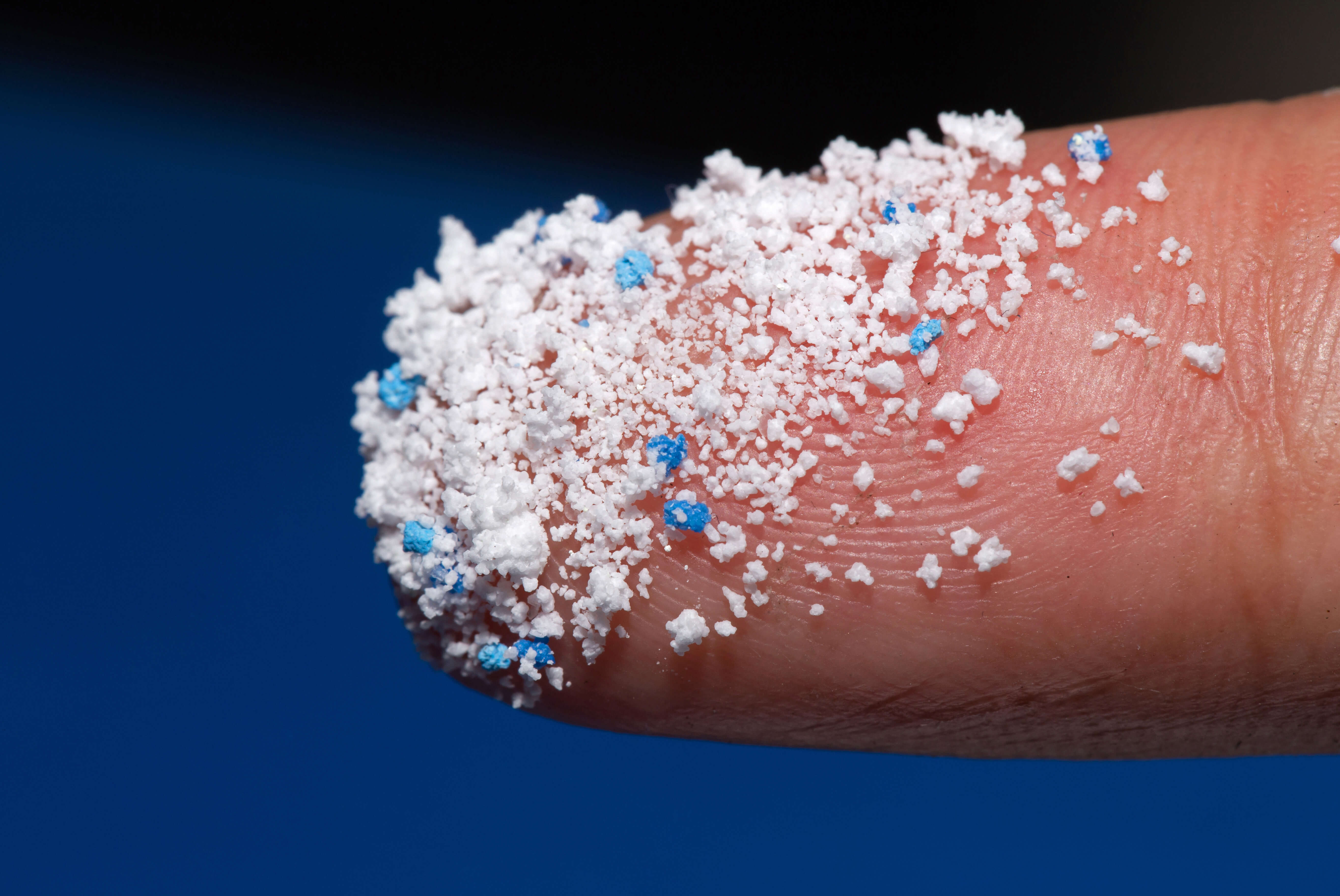
Volatile organic compounds (VOCs) from polymer standards were analysed to establish marker compounds for microplastics analysis using direct thermal desorption–gas chromatography–mass spectrometry (TD–GC–MS). The marker compounds enabled quantitation of multiple types of microplastics in a variety of salt samples. Sample introduction into the GC–MS was automated using the TD100-xr™ thermal desorber, which increases the throughput of large sample volumes.
Introduction
Over the last 100 years, plastics have transformed our way of life, but there has been no major push to study the long-term effects of plastic on the environment and on human health until recently. A group of plastics called microplastics – polymer fragments 1 μm to 5 mm in size – can enter the human body from our food and water, and even from the air we breathe. As a result, scientists are focusing on investigating microplastics.
Various analytical techniques are used for the investigation of microplastics. These range from TD/extraction to pyrolysis and spectroscopic identification. These complementary techniques can identify and quantify the plastics present, enabling the composition of samples to be characterised. In addition, TD enables polymeric additives or contaminants that may have become trapped either within or on the surface of the microplastic to be identified.





